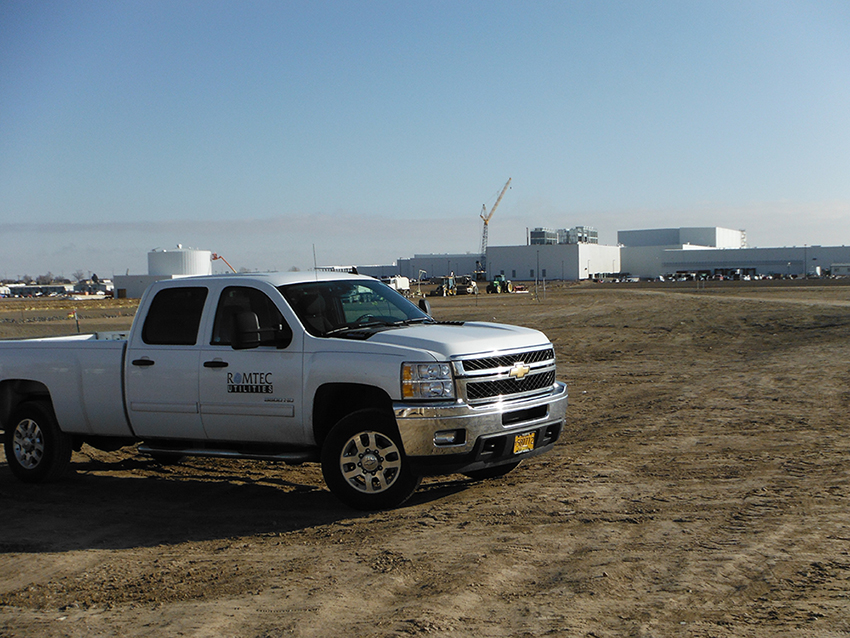Each lift station project is unique. Whether you are pumping wastewater, stormwater, industrial water, or clean water, Romtec Utilities provides expert design services for every type of pumping application. Our design services go beyond simply meeting pumping requirements, design criteria, and design standards. With Romtec Utilities, you get an experienced company that knows how to design lift stations in wide-ranging circumstances. Many lift station designs are created by working with multiple agencies, solving unique water circumstances, providing correct electrical plans, and other significant advantages.
Pump Station Check Valve Basics
Check valves are an important component of any lift station design. Without check valves, the pumps and wet well of a lift station can be subject to damage from backflow. Backflow occurs when the lift station pumps stop operating and the water in the force main and discharge piping flows back into the wet well. In virtually every case, the backflow creates high levels of hydraulic pressure that pumps and wet wells are not designed to handle. The solution is a check valve. This simple device is available in several models and configurations and each variety can impact the design and cost of a lift station system.
Pump Station Heat Tracing with Romtec Utilities
Heat tracing is the practice of applying a heating line and insulation to piping. This is done in very cold climates where there is a possibility of the pipes becoming frozen. Romtec Utilities recently applied heat tracing to the piping and valves in eight vault structures on both stormwater and wastewater lift stations installed at the Union Pacific Railroad (UPRR) in Cheyenne, Wyoming.
Should You Choose Precast Concrete or Cast-In-Place?
Concrete has been a primary building material for in-ground wet well and vault components for decades. Concrete is widely used because of its durability, low cost, and workability. In most pump and lift station projects, concrete is the chief building material, but there are major difference between assembling a precast concrete structure and pouring the concrete onsite. Romtec Utilities uses precast concrete because it requires smaller installation crews, is more time-efficient, and can be fully tested.
Complete Pump Station Warranty
Owning and operating a pump station for any type of water is a process that starts with designing and engineering the system. Then, the pump station components must be manufactured, delivered, and installed. Finally, the complete system must be started up and maintained throughout its life-cycle. A frequent concern for pump station owners is identifying who is responsible for resolving issues when a pump station does not function properly.





